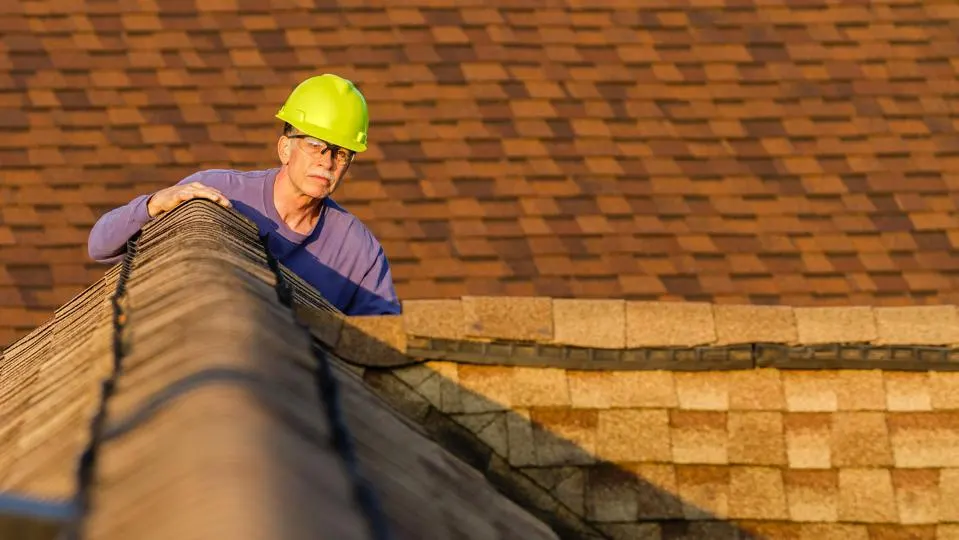How to Ensure a Smooth Roof Inspection in Milledgeville
Roof inspections are a critical part of maintaining your home's integrity and functionality, especially in areas like Milledgeville where varying weather conditions can affect roofing materials. Understanding how to prepare for an inspection and what it entails can help you ensure the process goes smoothly, providing you with valuable insights about the condition of your roof. Here’s a comprehensive guide to getting the most out of your roof inspection.
Preparing for a Roof Inspection: What to Do
Access: Ensure that your roof is easily accessible for the inspector. Remove any obstacles that might hinder access to your roof, such as branches from overhanging trees or debris accumulated in the pathways or around the house.
Clean the Roof: Although it's not necessary to thoroughly clean your roof before an inspection, removing major debris and clearing out gutters can help the inspector perform a more efficient and thorough assessment.
Document Concerns: If there are specific areas of your roof you're concerned about or if you've noticed signs of potential damage, such as leaks or visible sagging, make a list of these issues to discuss with the inspector.
Pets and Children: For safety, make sure pets and children are kept indoors or in a safe area away from the inspection site during the inspector’s visit.
What Does a Roof Inspection Entail?
Visual Inspection: The inspector will perform a comprehensive visual examination of the roof's structure, materials, and integrity. They will look for signs of wear and tear, such as missing shingles, damaged flashing, or other visible defects.
Structural Inspection: This includes checking for uneven roof planes and signs of sagging, as well as the condition of the soffits, fascia, and gutter system. The inspector will also examine the ventilation systems to ensure they are not compromised and are functioning properly.
Material Inspection: The inspector will check for loose, missing, or curling shingles; stains; moss; rust; and any signs of algae growth that might compromise the roof’s material integrity over time.
Interior Inspection: From inside the attic, the inspector will check for proper insulation, ventilation, moisture, and mold. They will also look for any evidence of water penetration that could indicate leaks.
Interpreting Your Roof Inspection Report
Understanding the Findings: The roof inspection report will detail the condition of your roof, highlighting any concerns and potential areas for repair or improvement. It’s important to carefully review this report and understand the specifics of each finding.
Prioritizing Repairs: The inspector will usually categorize issues based on their urgency. Critical problems that might require immediate attention will be highlighted, and it's crucial to address these promptly to prevent further damage.
Planning for Maintenance: For issues that are less urgent, the report will help you plan for future maintenance. This can help extend the life of your roof and prevent future problems.
Consultation: After receiving the report, it's a good practice to consult with the roofing inspector or a professional roofer to discuss the necessary steps and options for addressing any issues.
A roof inspection is an invaluable service for any homeowner, particularly in Milledgeville, where environmental factors can significantly impact roof longevity. By properly preparing for the inspection, understanding what it entails, and effectively interpreting the results, you can maintain your roof in optimal condition, ensuring it continues to protect your home for years to come. If you have concerns or need a professional roof inspection, contact Quality Roofing of Milledgeville, where our experts are ready to assist with comprehensive evaluations and solutions tailored to your needs.
